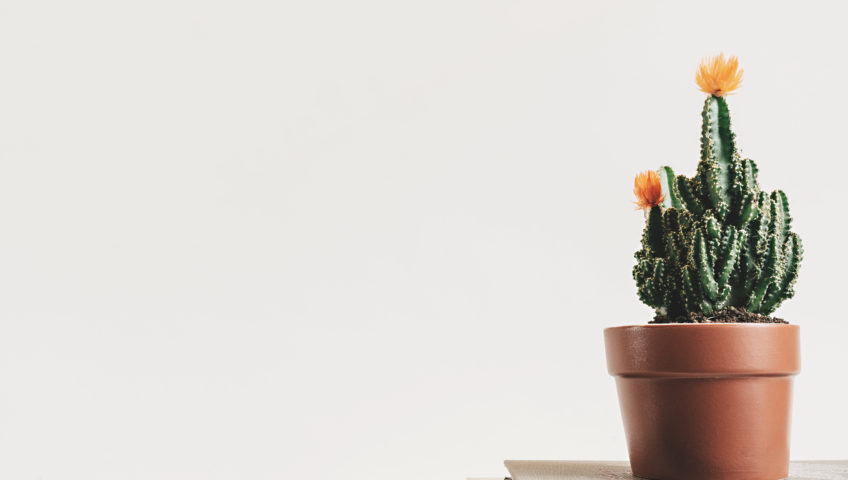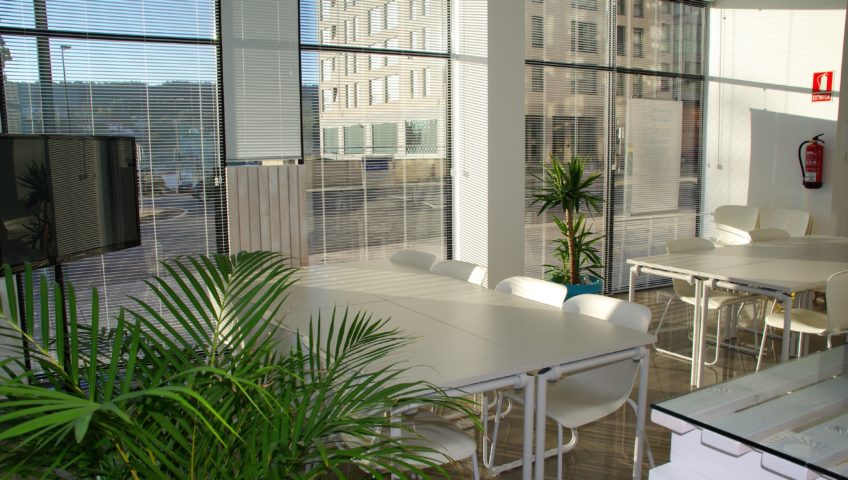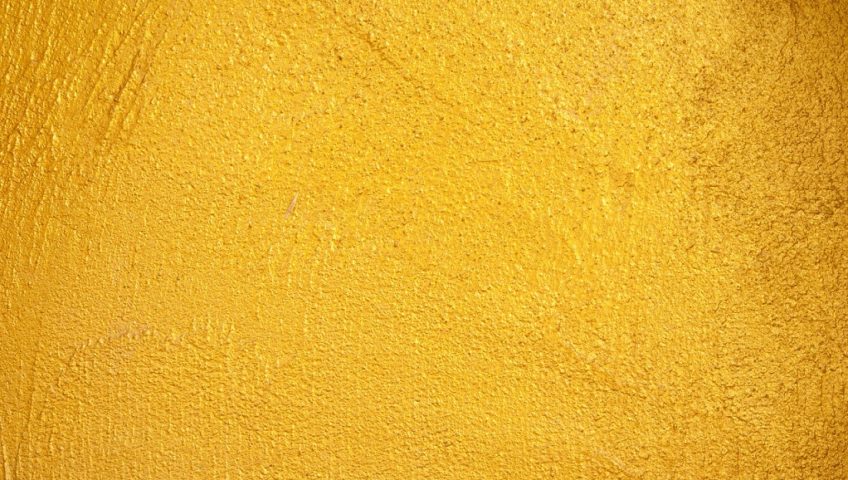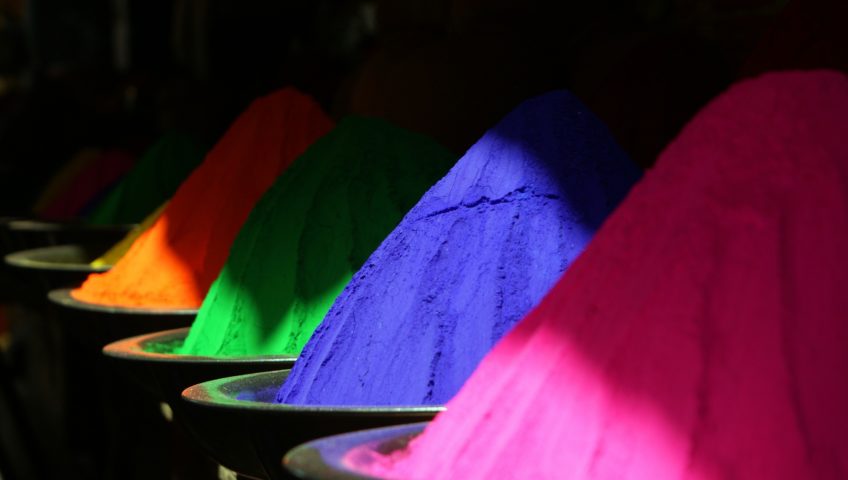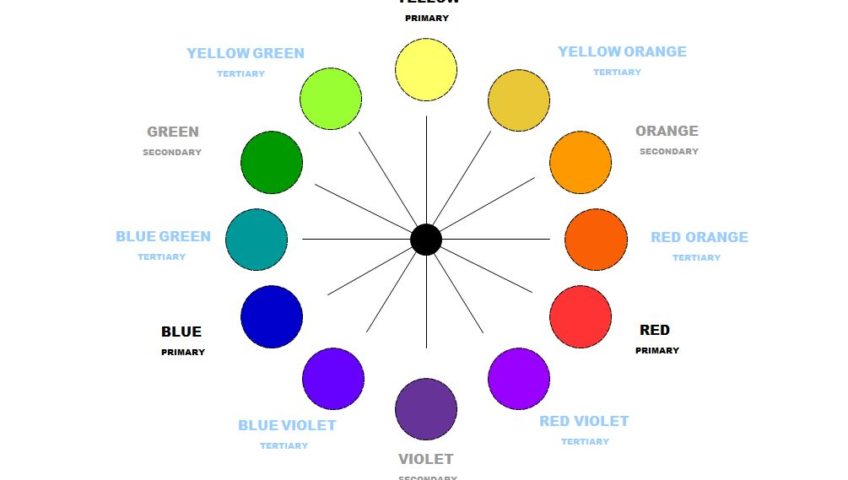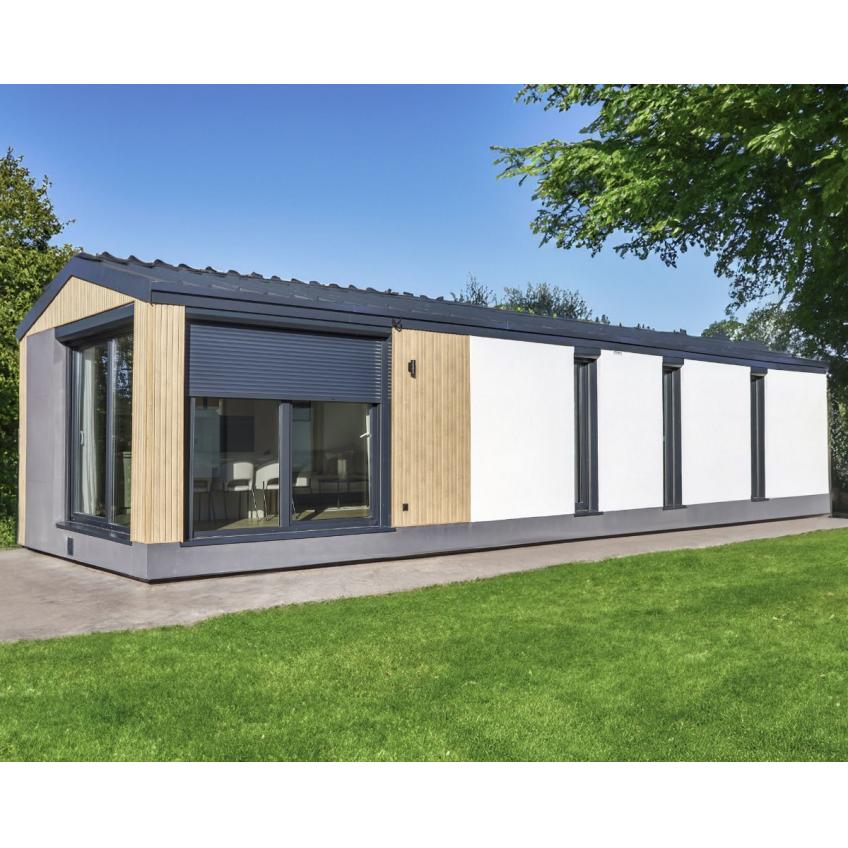
Our Luxury passive park homes

no images were found
Where luxury meets sustainability
Holiday parks are increasingly looking to invest in smaller, luxury lodges to attract more discerning guests and adapt to the evolving market demands.
Here are five reasons why holiday parks should consider acquiring smaller luxury lodges instead of lower-specification options in 2024:
- Targeting a Wealthy buyer clientele:
- Luxury lodges appeal to a growing segment of Affluent voyagers willing to pay more for a premium experience.
- These guests generally look for elegant and cozy accommodations that offer top-notch amenities and services..
- Luxury lodges offer a more intimate and personalized experience, which these consciousness seekers favour.
- Enhancing Occupancy Rates:
- Smaller lodges can be leveraged more effectively, resulting in increased occupancy rates and improved revenue potential.
- They take up less space and can be arranged closer together, making it possible to accommodate more guests in a smaller area.
- Furthermore, smaller lodges can be rented out more conveniently on a nightly or weekly basis, contributing to revenue maximization.
- Minimizing Maintenance Expenses:
- With a reduced footprint, our lodges demand less maintenance and repair work, leading to substantial cost savings for holiday parks, where maintenance typically constitutes a significant expense.
- Adjusting to Evolving Trends:
- The holiday industry is perpetually changing, with travelers becoming more discerning regarding their accommodation choices.
- Luxury lodges are ideally suited to adapt to these evolving trends, providing a chic and contemporary alternative to conventional park home lodges.
- Environmental Advantages:
- Smaller lodges have a reduced environmental impact when compared to their larger counterparts.
- They need less energy for heating and cooling while generating less waste.
- Additionally, they can be produced more rapidly and have a lower carbon footprint due to decreased labor and transportation requirements, which further diminishes their environmental impact.
Additional Factors to Keep in Mind:
- The Emergence of Glamping:
- Luxury mini-lodges are a perfect fit for the glamping trend, which combines the adventure of camping with high-end accommodations. This trend has surged in popularity as travelers seek distinctive and thrilling vacation experiences that include top-notch interiors, state-of-the-art smart technology, and a range of amenities designed for discerning guests.
- The Growing Popularity of Staycations:
- The COVID-19 pandemic during 2020 and 2021 led to a significant increase in the desire for staycations, as travelers looked for alternatives to overseas trips. Luxury mini-lodges emerged as a convenient and safe option, allowing individuals to enjoy a holiday at home while still experiencing comfort and top-notch amenities.
While larger holiday lodges still hold a position in the market, they are increasingly perceived as outdated and less attractive to many prospective customers. The demand for smaller, more luxurious lodges is anticipated to keep rising in the years ahead.
In conclusion, there are many persuasive reasons for holiday parks to invest in smaller, luxury mini-lodges. These lodges can draw in more selective guests, optimize occupancy rates, reduce maintenance expenses, adjust to evolving trends, and offer environmental advantages.

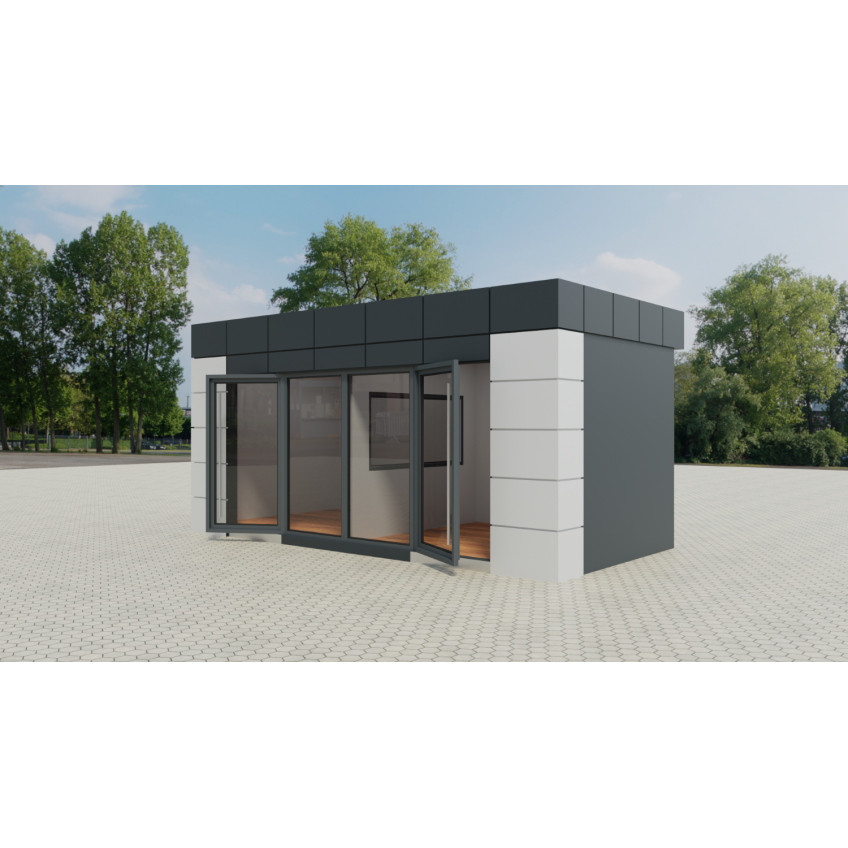
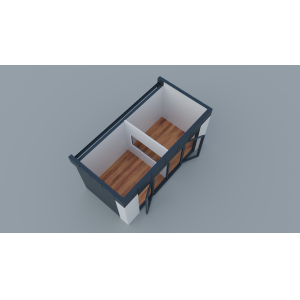
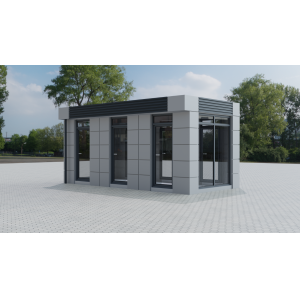
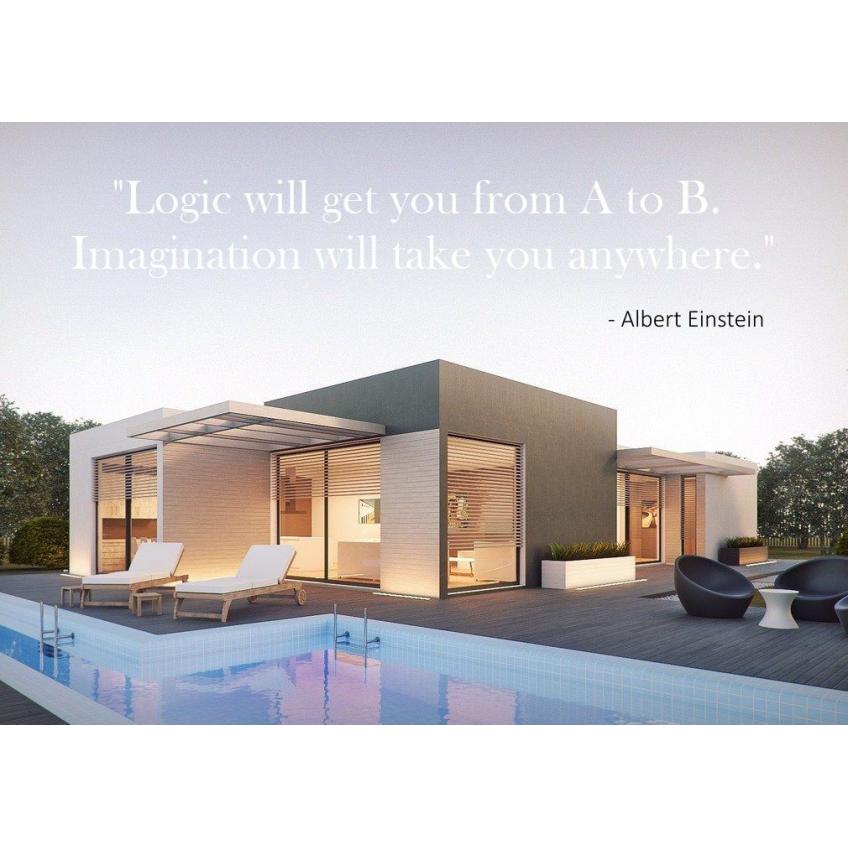
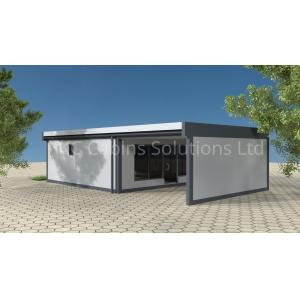 Logic and imagination, the two creative strengths which are important to use interchangeably when working with building design. Using these two strengths will feed the vision and help to stay inspired.
Logic and imagination, the two creative strengths which are important to use interchangeably when working with building design. Using these two strengths will feed the vision and help to stay inspired.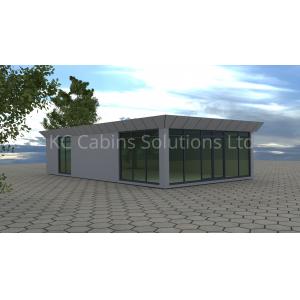 When we think of a new vision for the building, here at KC Cabins, we put all our efforts into listening to the client’s needs, ideas, and requirements. We then look at the reality of portable building design we can offer and consider how to spice it up further with imagination. A process that helps us to achieve a successful design.
When we think of a new vision for the building, here at KC Cabins, we put all our efforts into listening to the client’s needs, ideas, and requirements. We then look at the reality of portable building design we can offer and consider how to spice it up further with imagination. A process that helps us to achieve a successful design.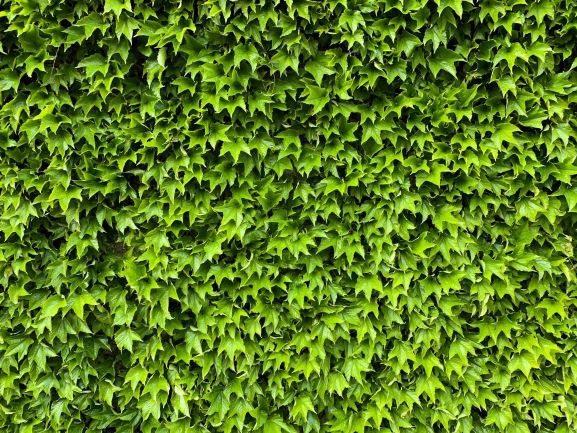
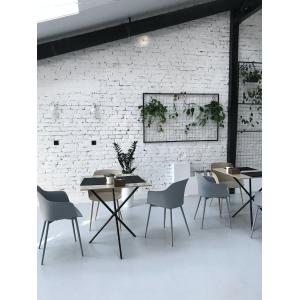 A client may influence the design process in a number of ways, depending on his/her needs. The final design then forms a unique custom-made structure. An appearance of a finished building will depend on its purpose and can be individualized further with the use of decorative panels to make it more unique, as requested by the client. Alternatively, the type of design can be chosen from one of our standard options meaning that a building shell will have less customization and when compared to our other structures will look more similar. The building in standard design can still be prominent in comparison to other structures. There is also a number of ways in which you can individualize your building further, one of our favourite subjects explored here on this blog.
A client may influence the design process in a number of ways, depending on his/her needs. The final design then forms a unique custom-made structure. An appearance of a finished building will depend on its purpose and can be individualized further with the use of decorative panels to make it more unique, as requested by the client. Alternatively, the type of design can be chosen from one of our standard options meaning that a building shell will have less customization and when compared to our other structures will look more similar. The building in standard design can still be prominent in comparison to other structures. There is also a number of ways in which you can individualize your building further, one of our favourite subjects explored here on this blog.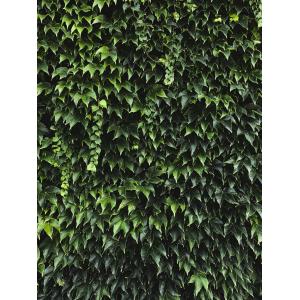 Our attention for today goes to introducing green wall into a building interior, and particularly a visual effect of such change. The benefits are many, with some of the most impressive ones being health benefits. We have discussed the general subject of indoor plant-scaping on our blog previously. We then spoke of Bill Wolverton’s research into the air quality of building interiors. Air quality is positively affected by the use of plants to the point of clearing the air and improving its quality by getting rid of negative compounds. Additionally, plants also have a positive, calming effect on our emotions. If you would like to know more about Wolverton’s research, you can view this blog post
Our attention for today goes to introducing green wall into a building interior, and particularly a visual effect of such change. The benefits are many, with some of the most impressive ones being health benefits. We have discussed the general subject of indoor plant-scaping on our blog previously. We then spoke of Bill Wolverton’s research into the air quality of building interiors. Air quality is positively affected by the use of plants to the point of clearing the air and improving its quality by getting rid of negative compounds. Additionally, plants also have a positive, calming effect on our emotions. If you would like to know more about Wolverton’s research, you can view this blog post 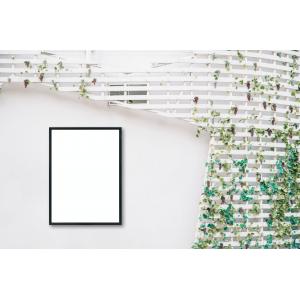 effect can be controlled by you in terms of its richness. It could be subtle and discreet, a small amount of greenery on a white wall expanded in time, highlighting the beauty of greenery and the pureness of white colour of the wall. It could also be a full-sized green wall, rich and comforting, bringing nature closer to you, right where you work.
effect can be controlled by you in terms of its richness. It could be subtle and discreet, a small amount of greenery on a white wall expanded in time, highlighting the beauty of greenery and the pureness of white colour of the wall. It could also be a full-sized green wall, rich and comforting, bringing nature closer to you, right where you work.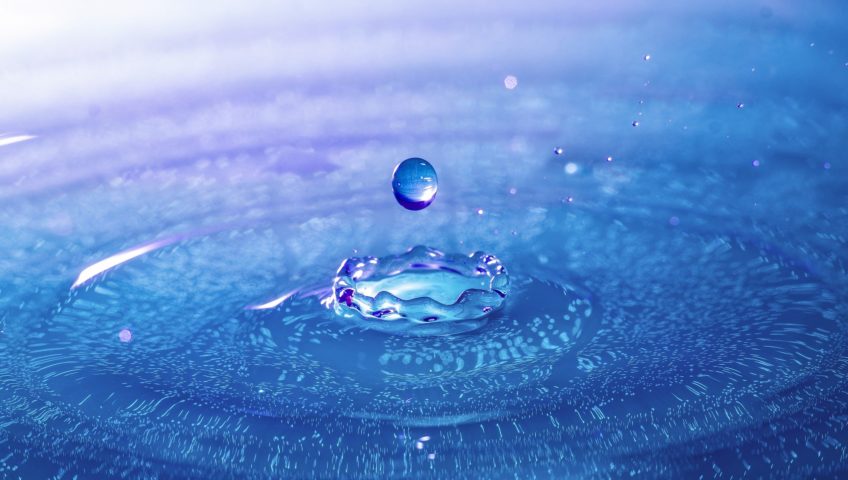
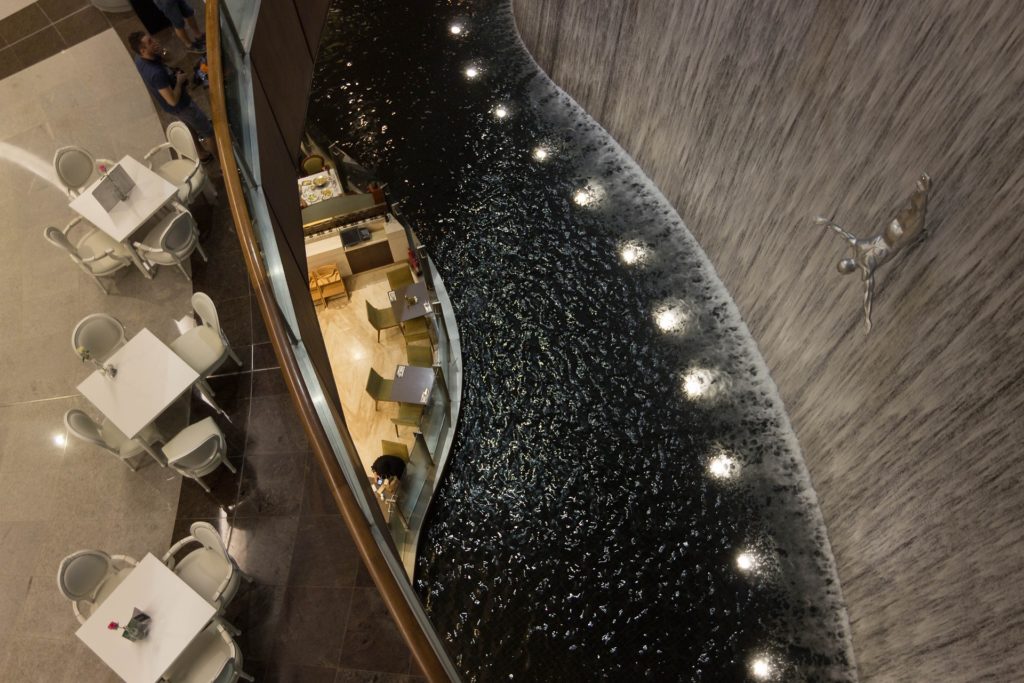
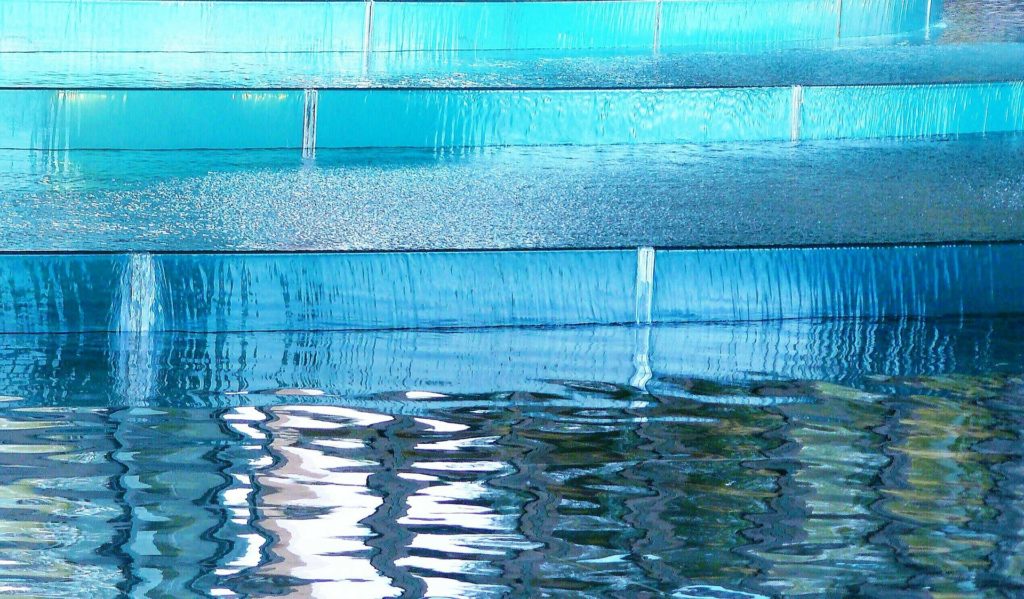
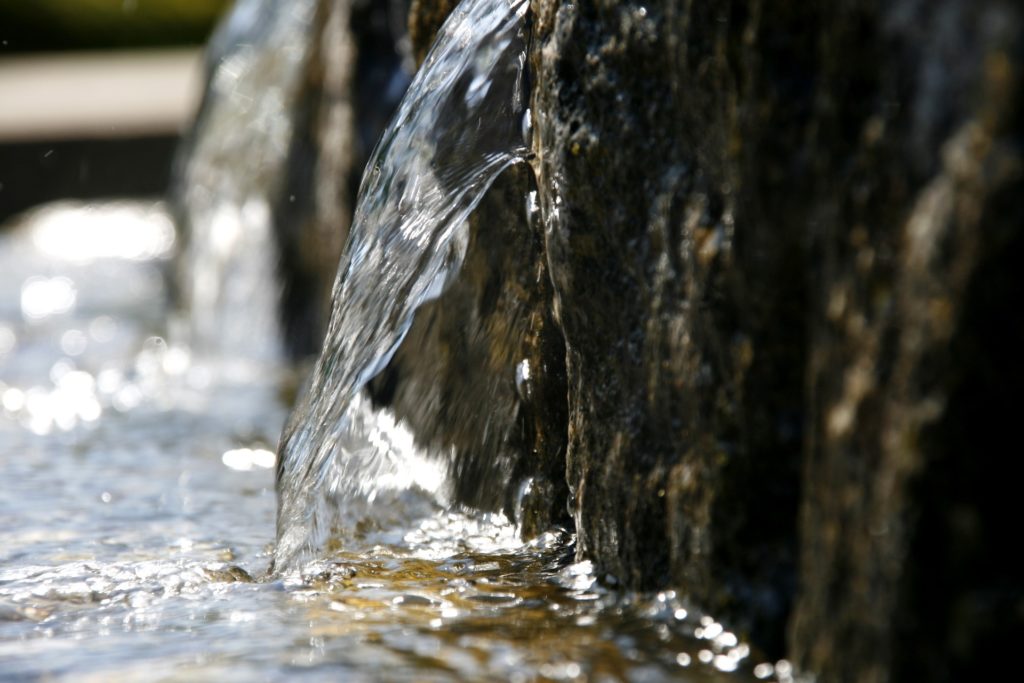

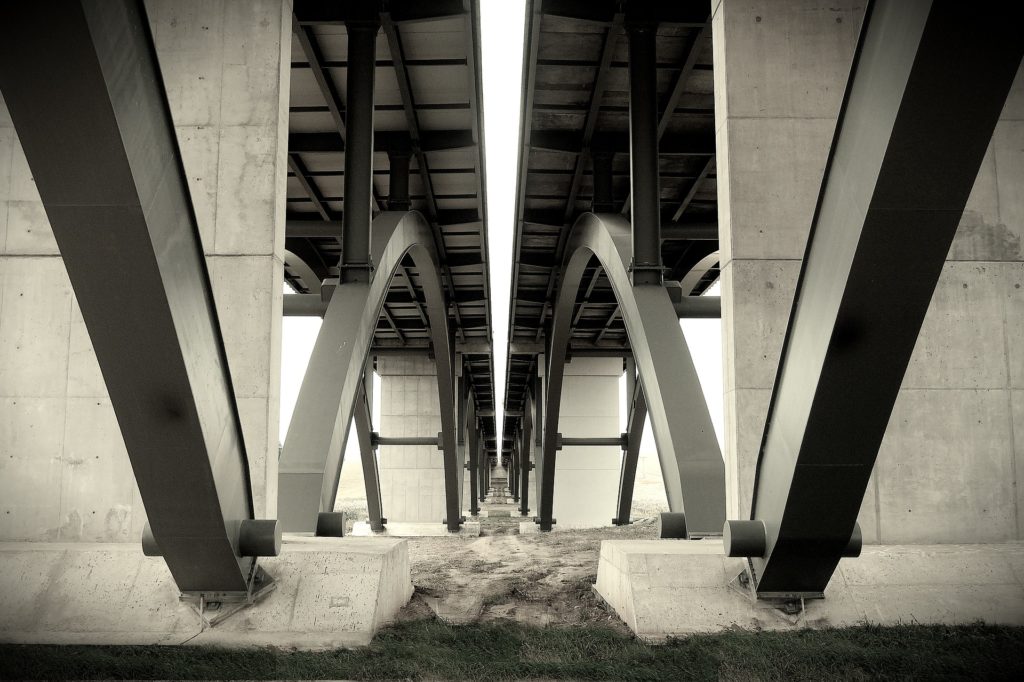
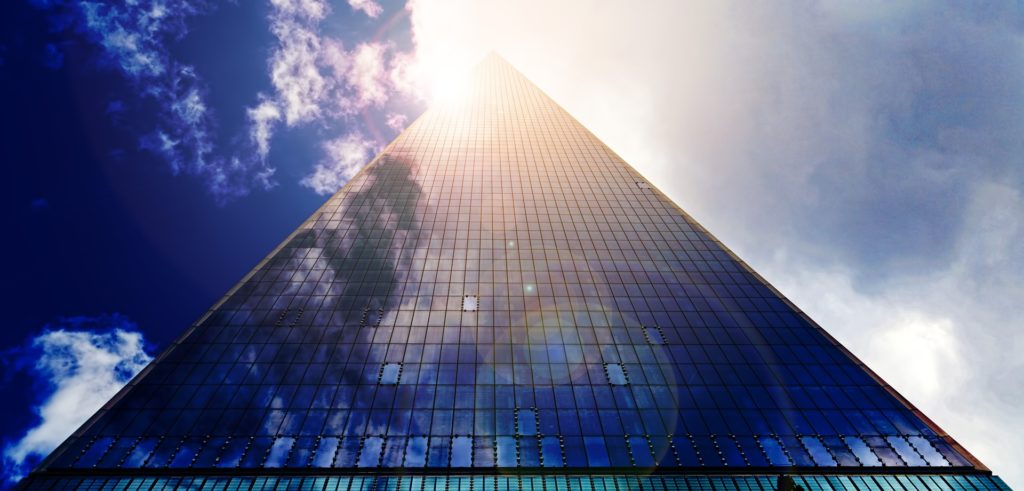
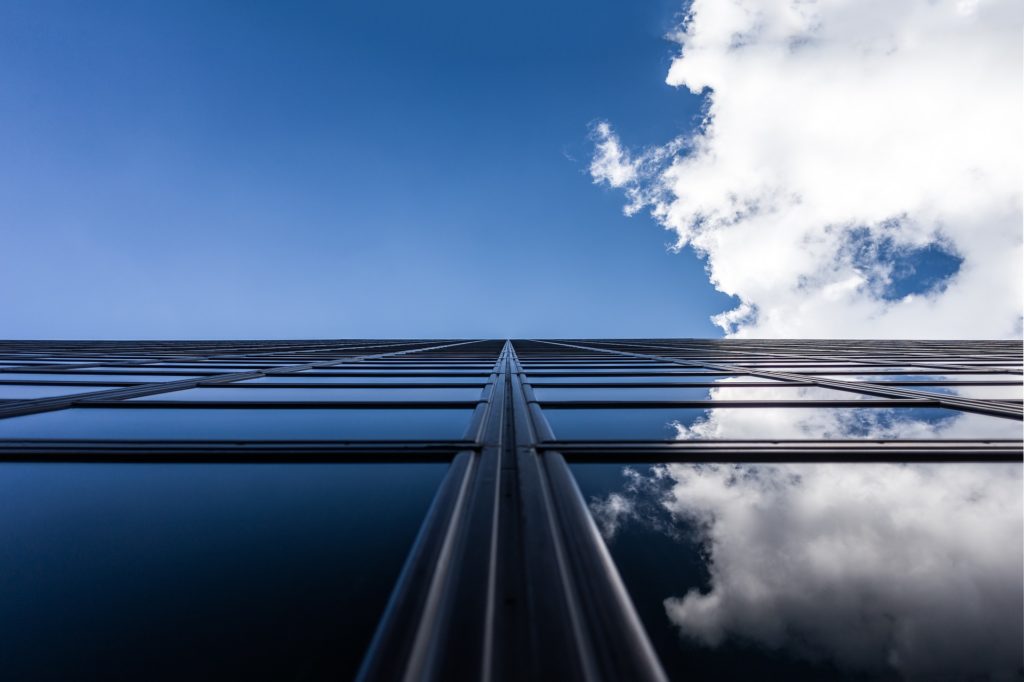
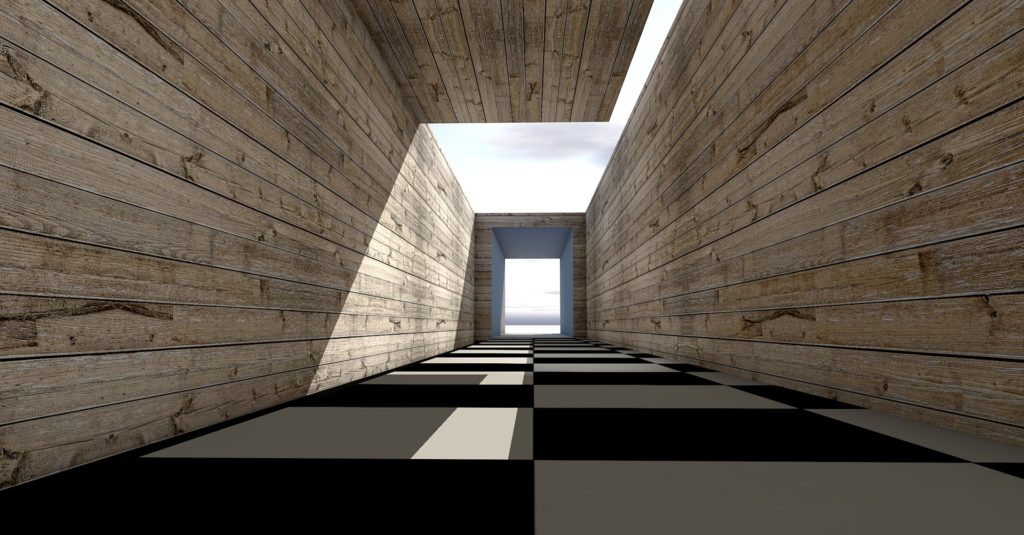
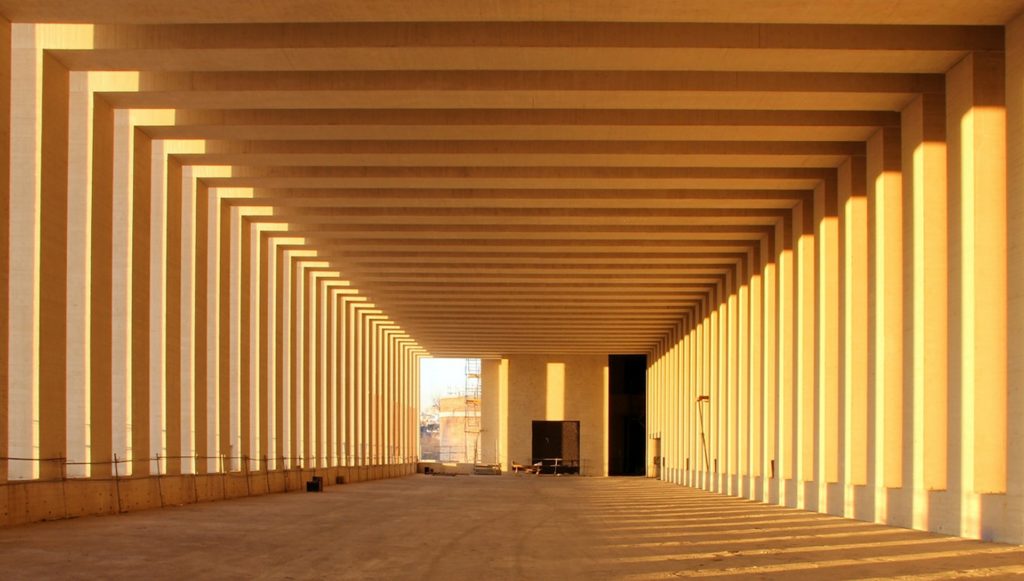

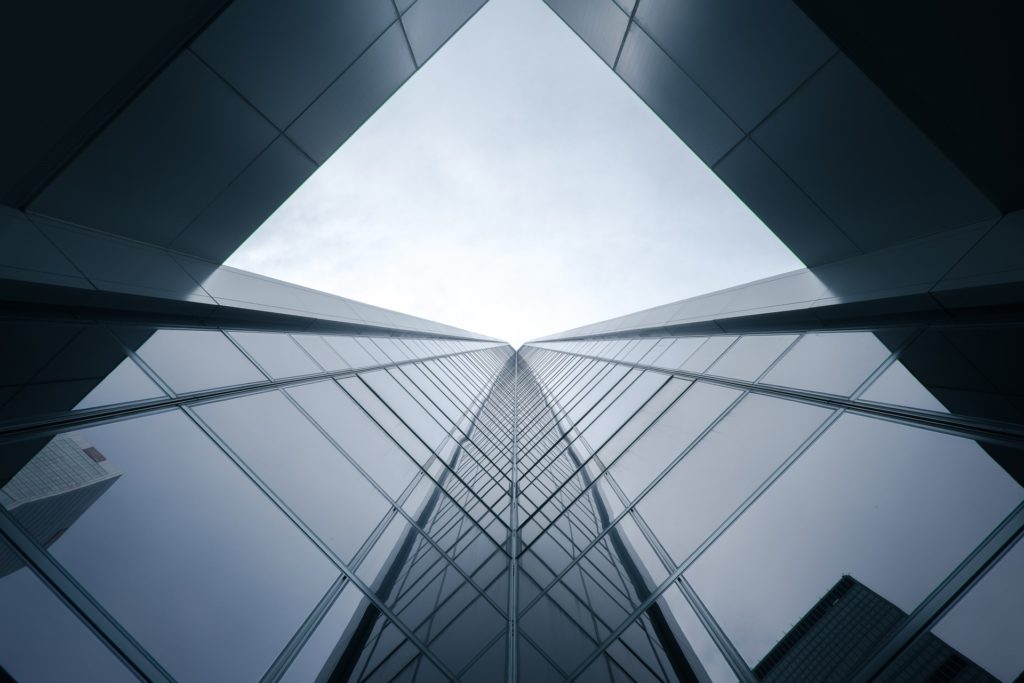
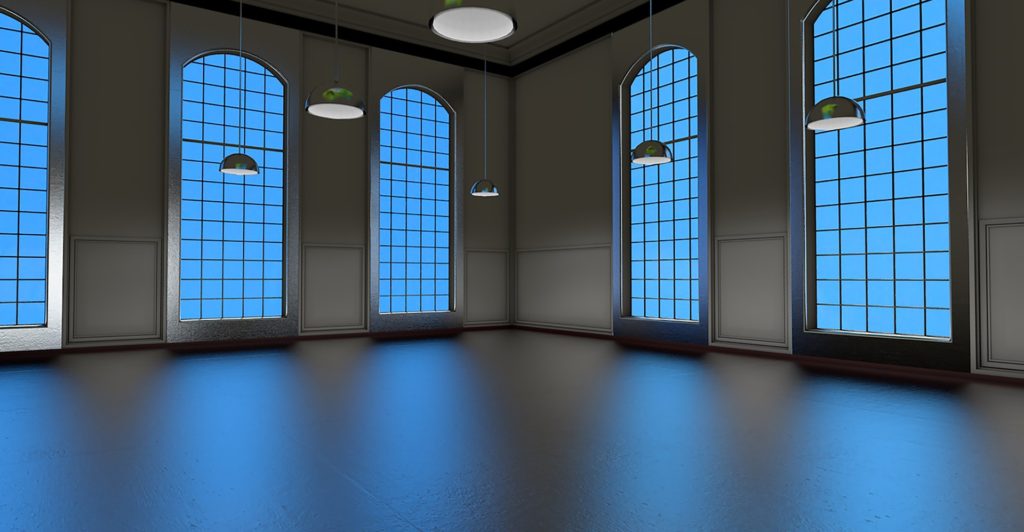
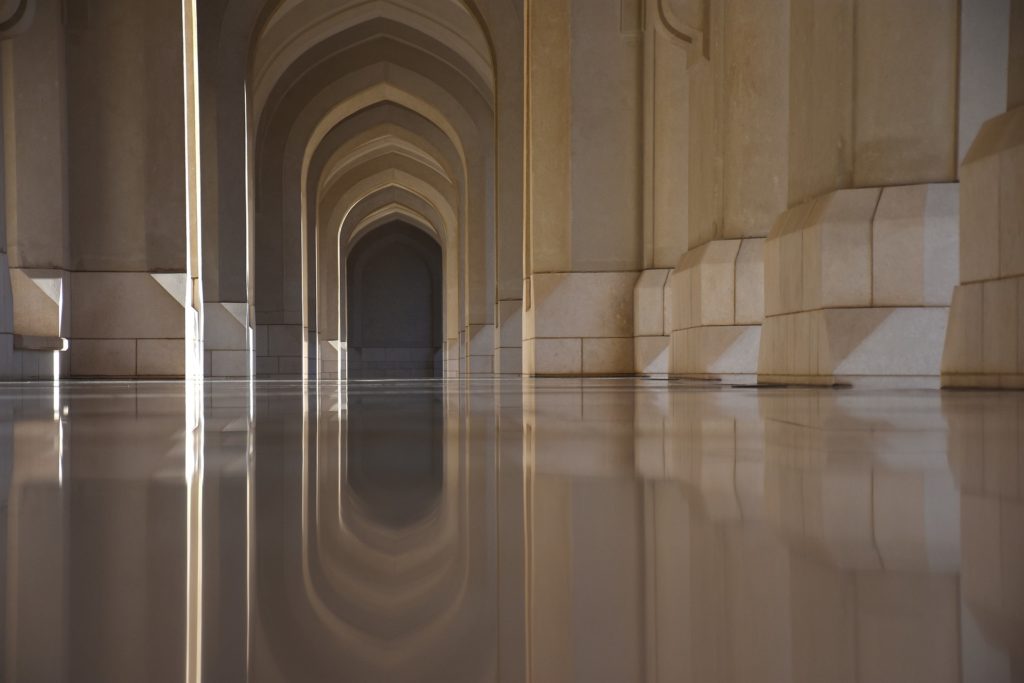
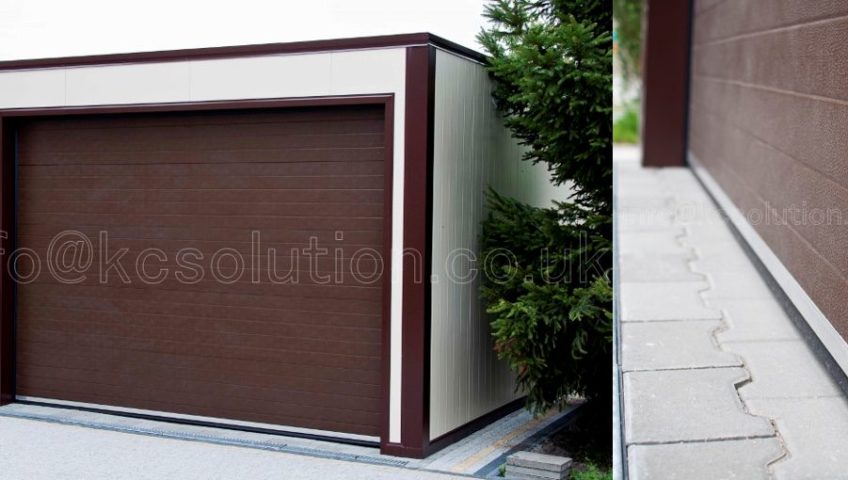
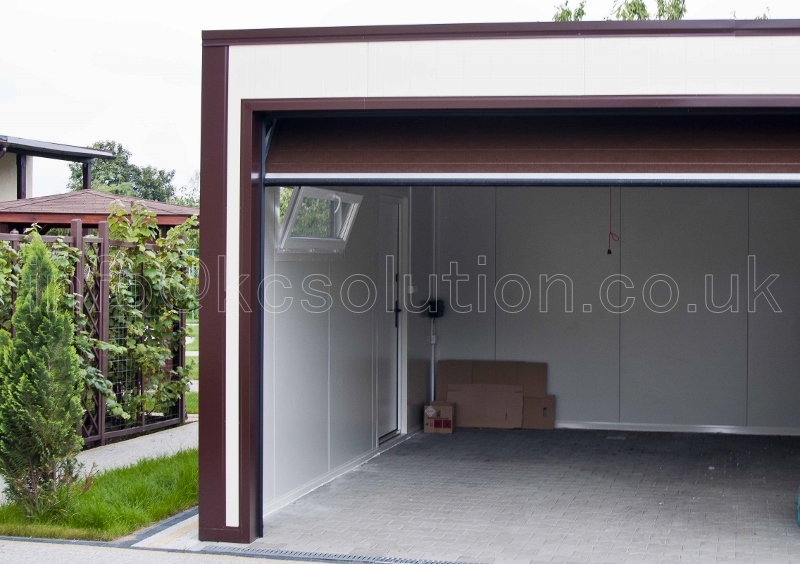
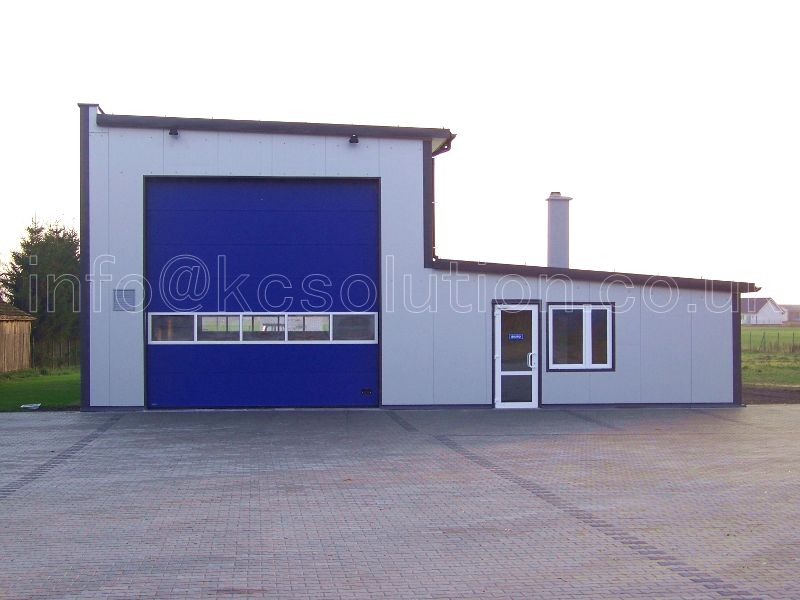
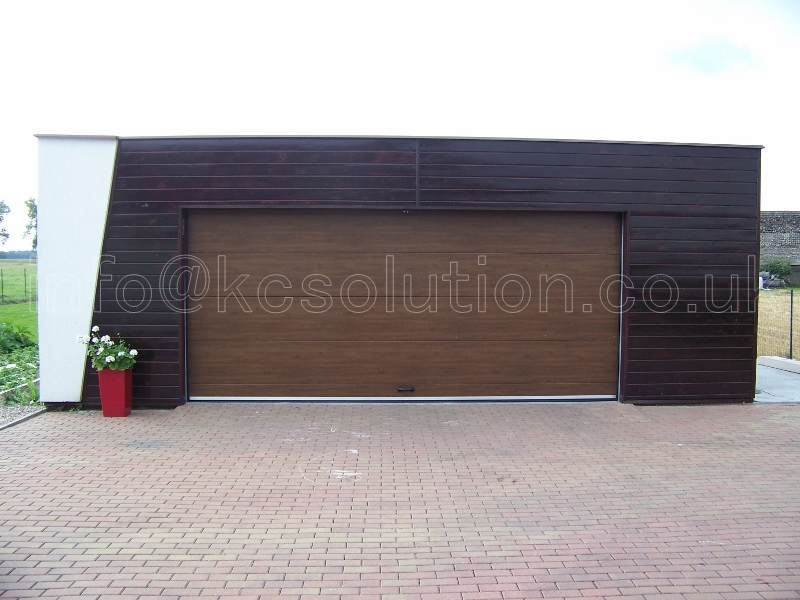
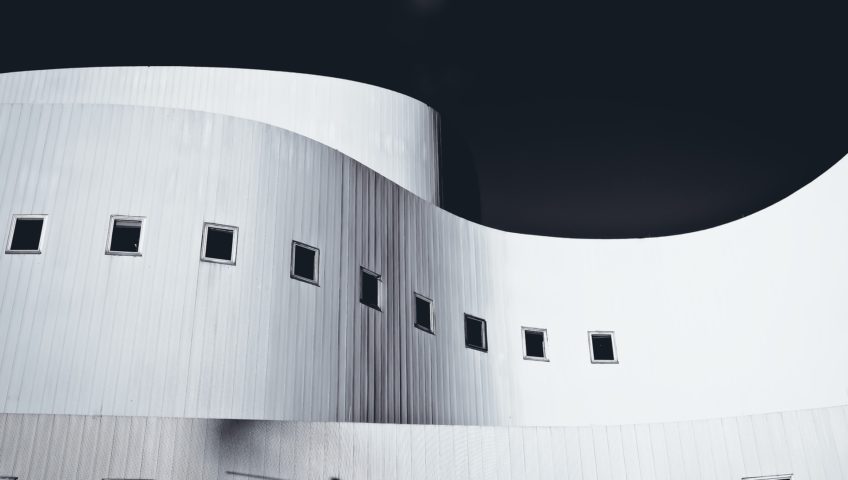
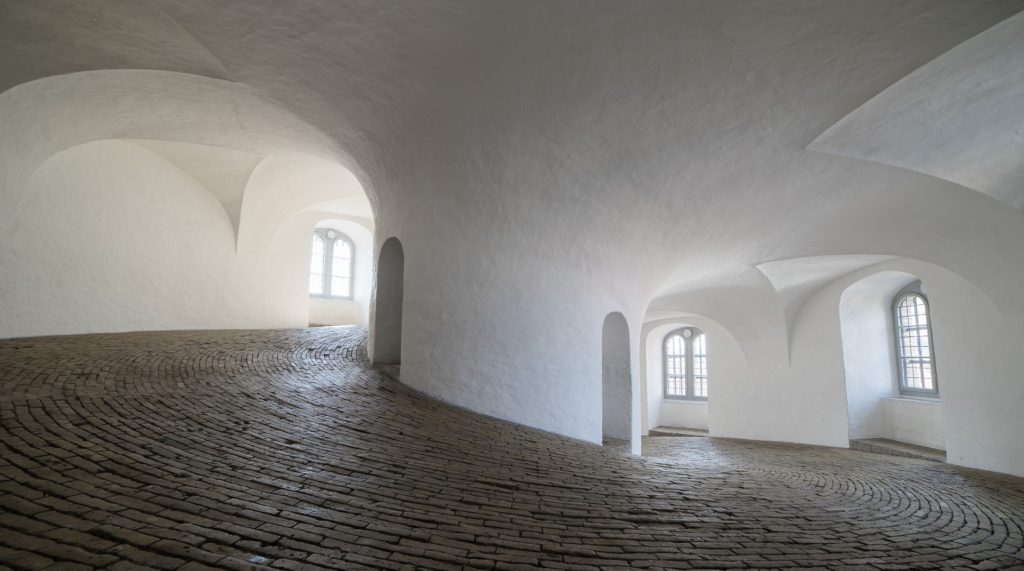
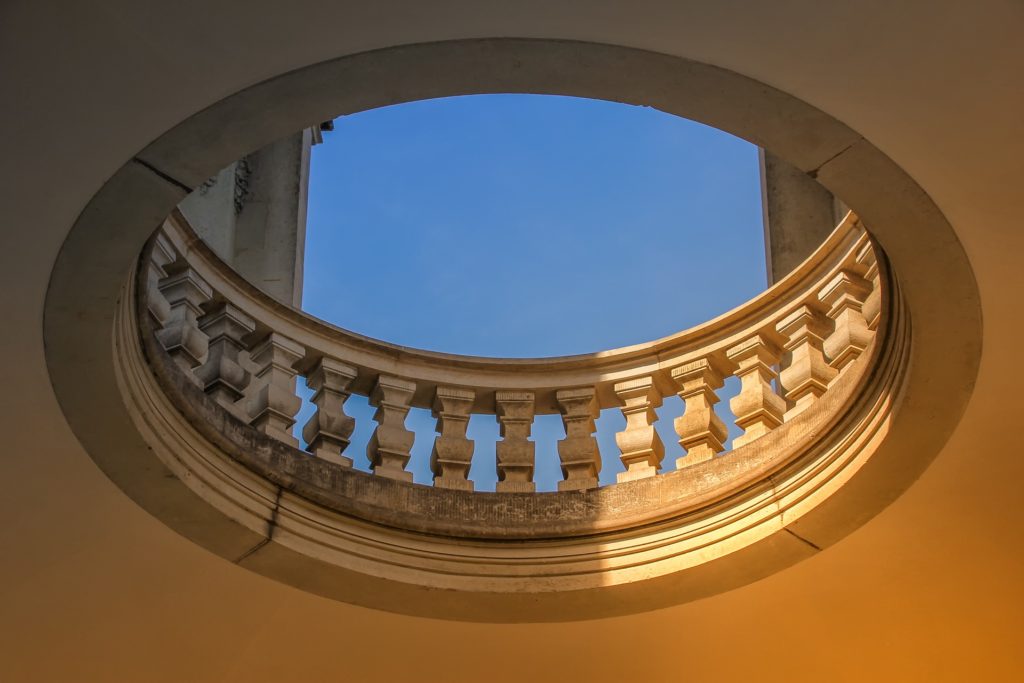

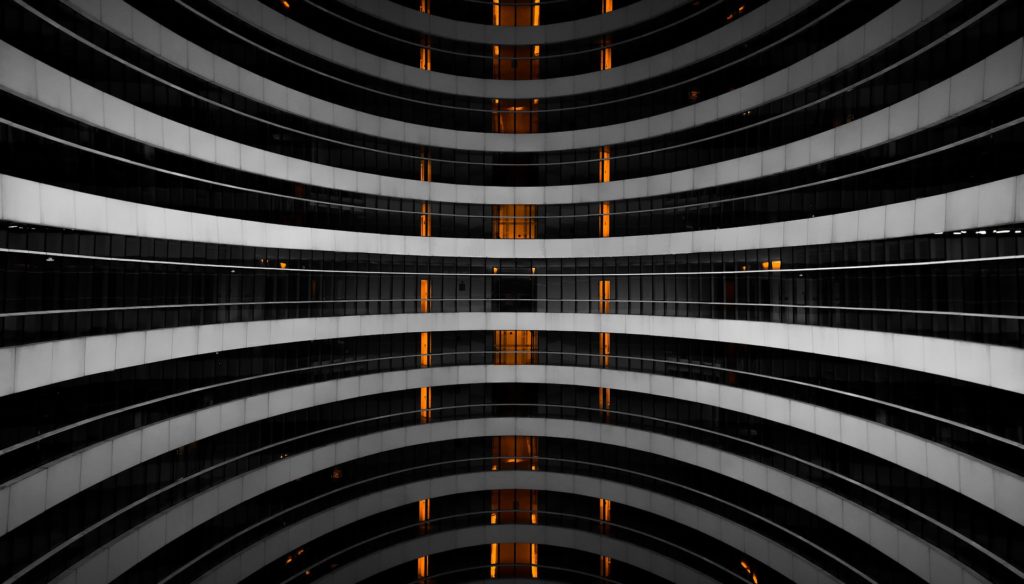
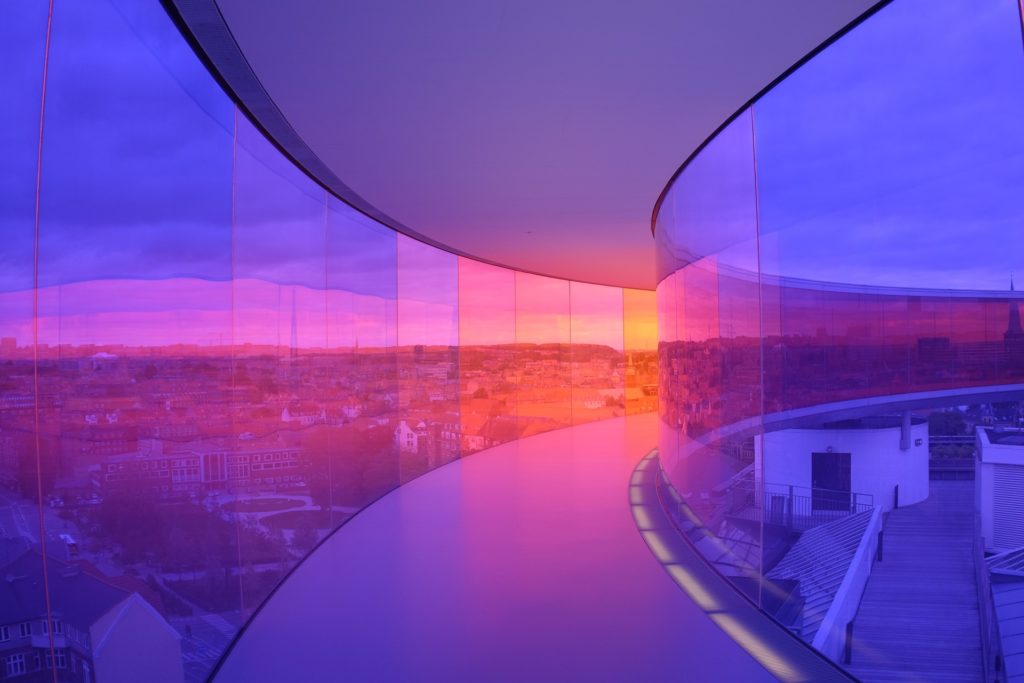
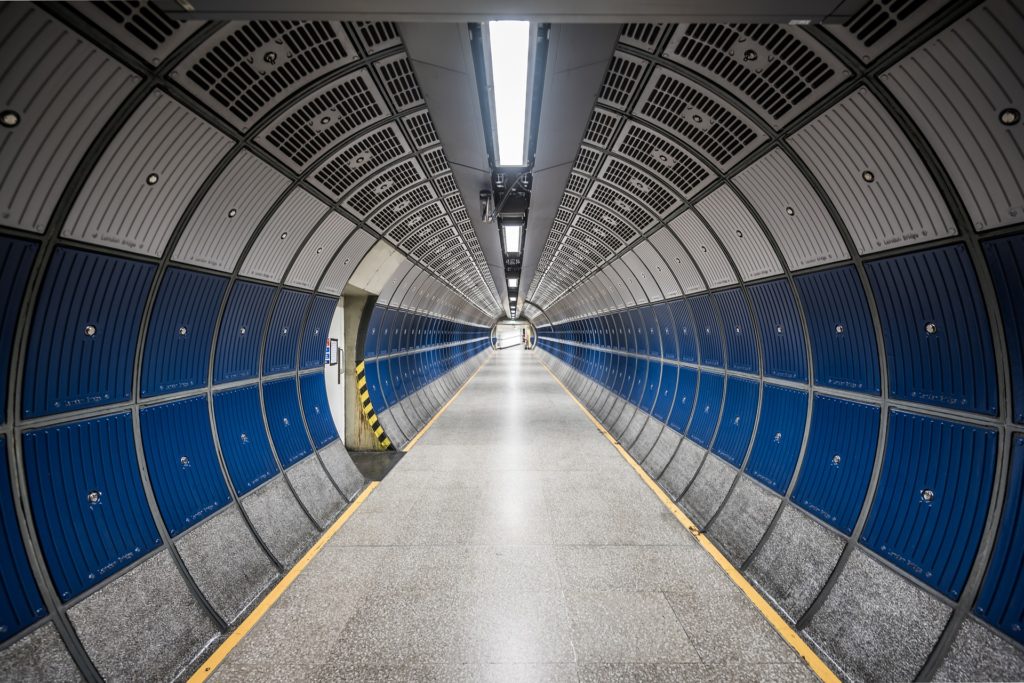
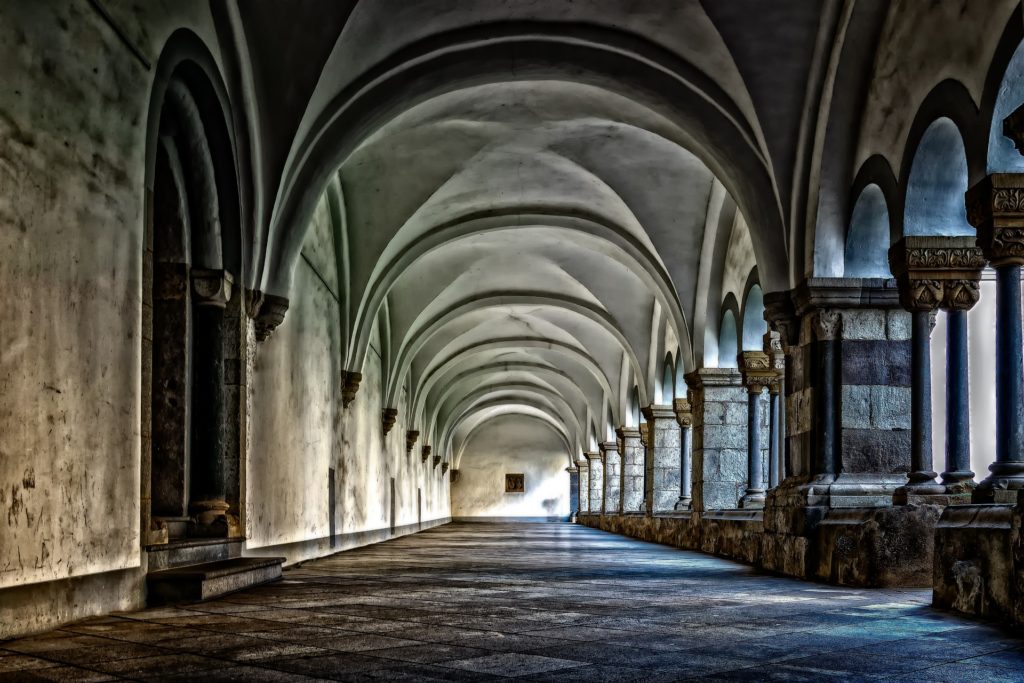
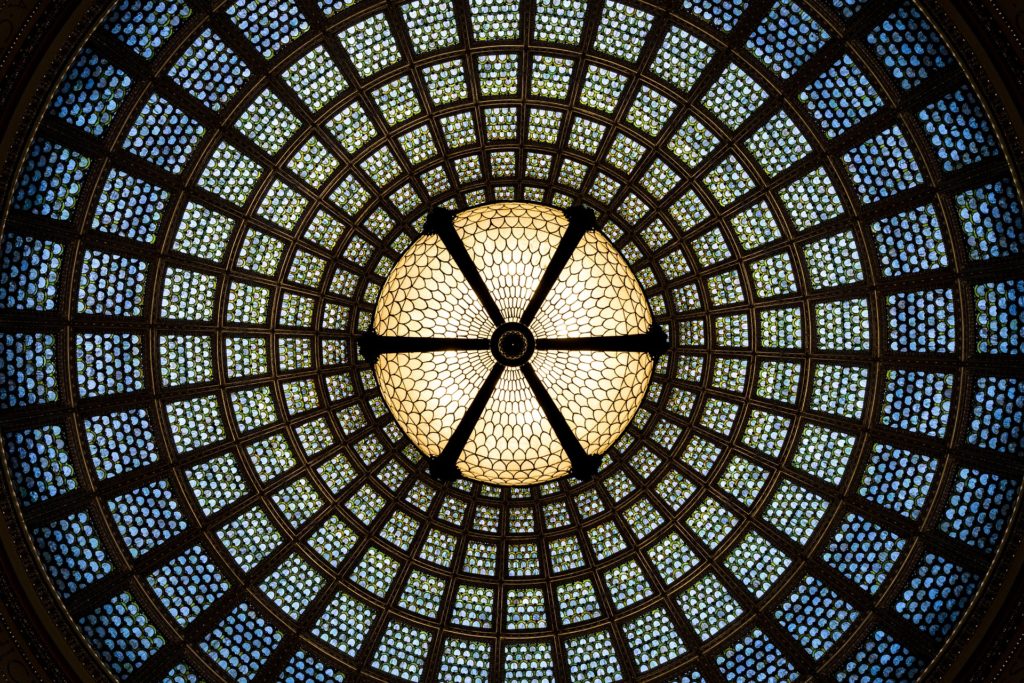
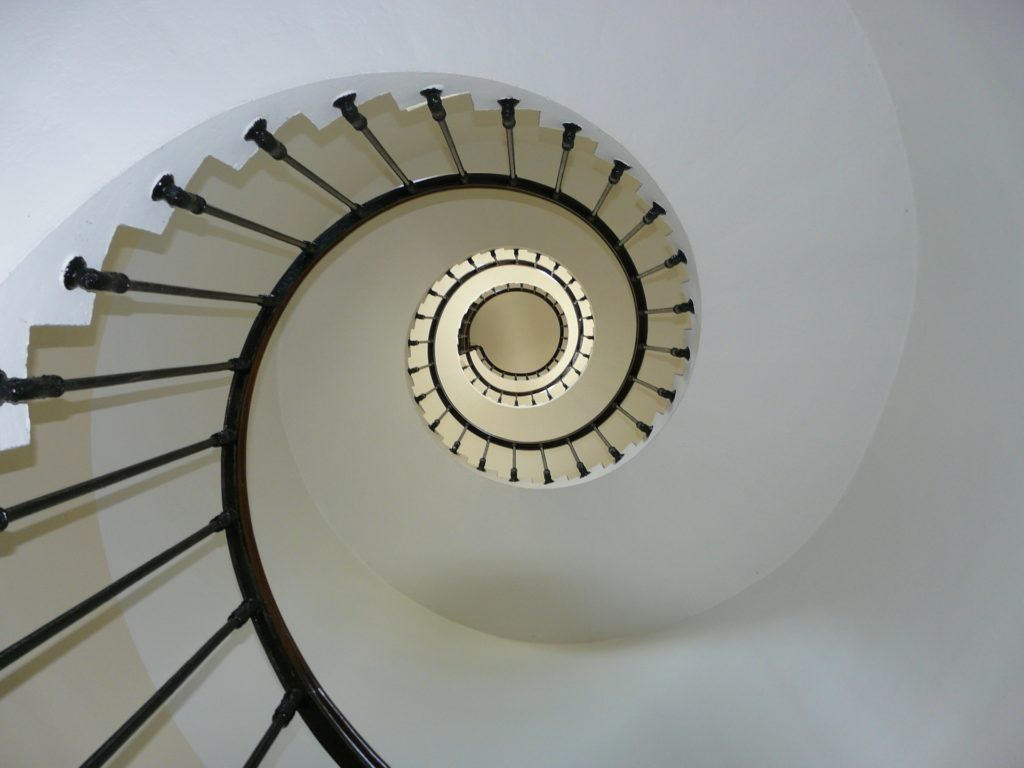
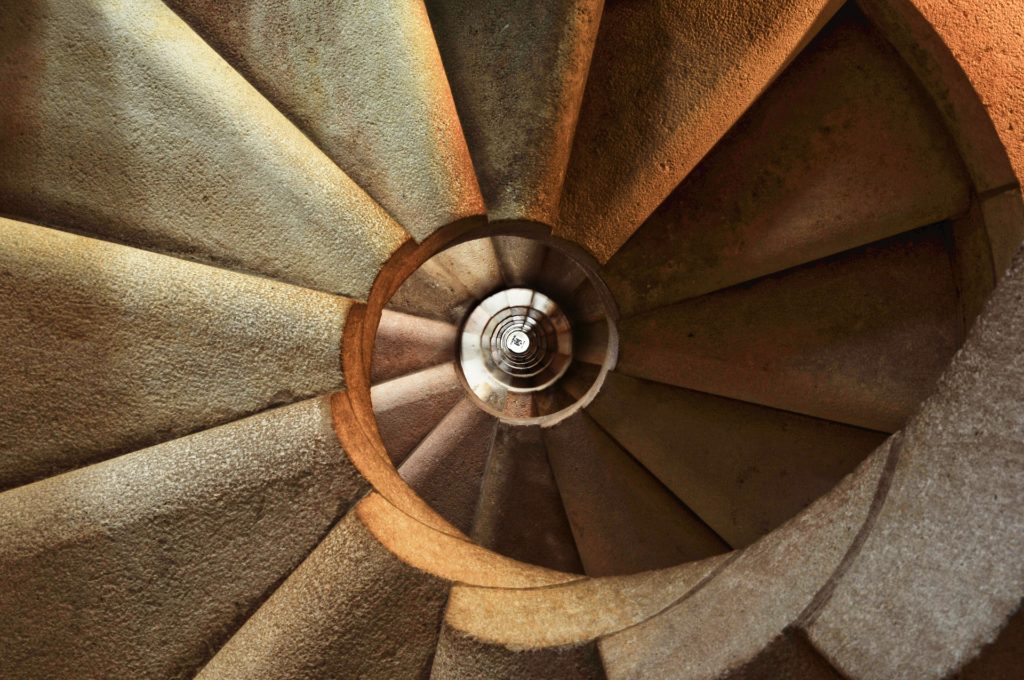
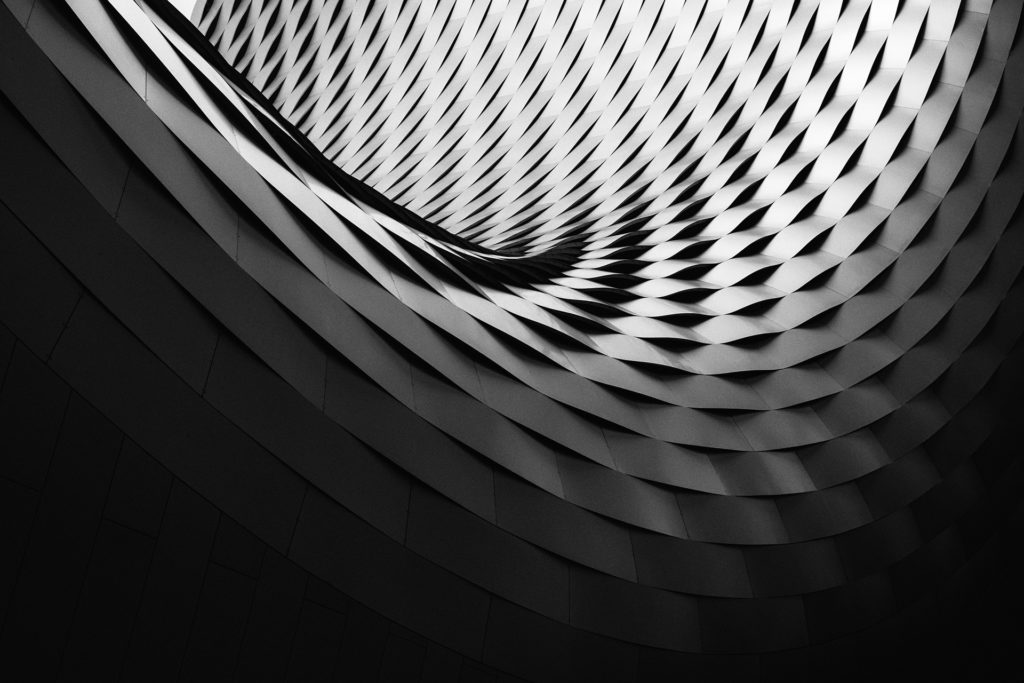


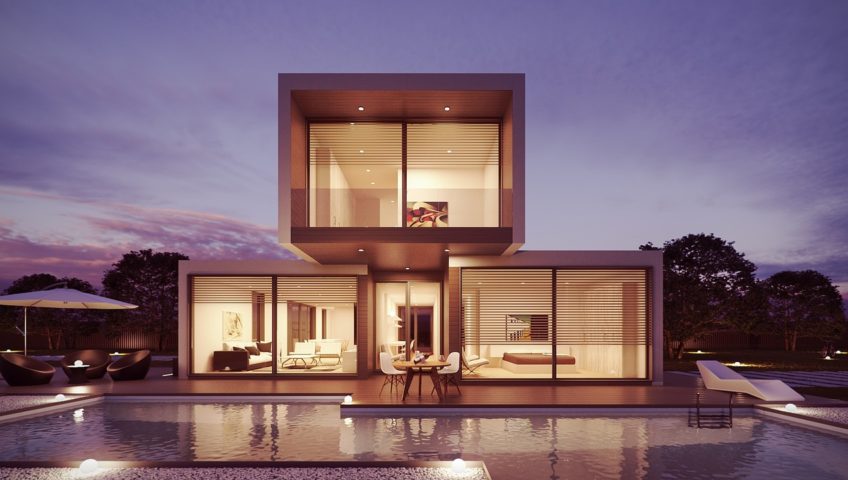

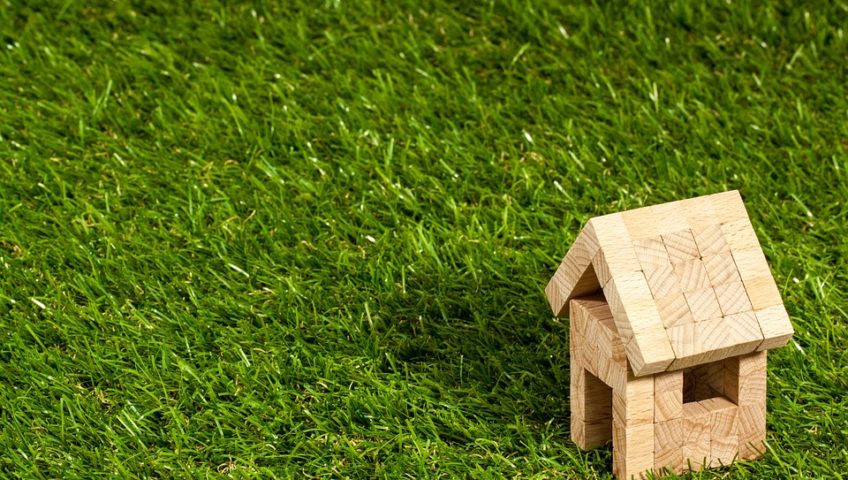
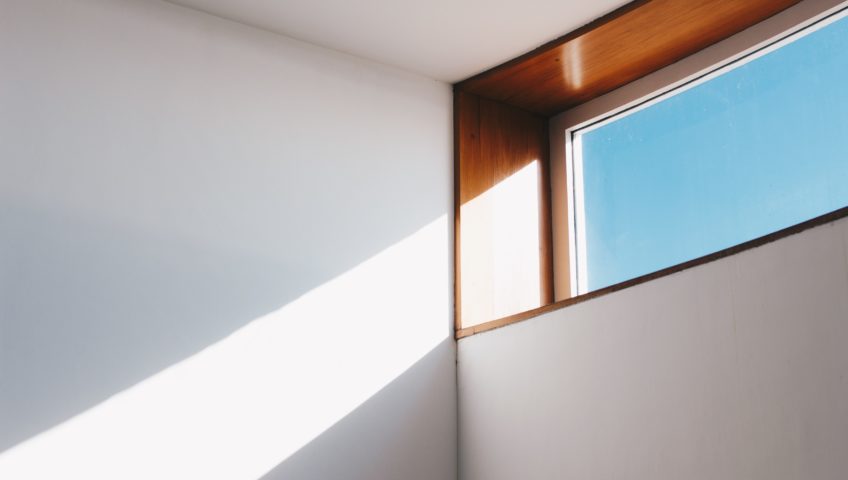
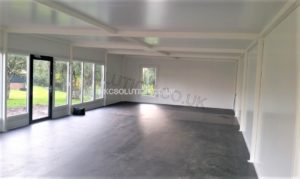 In order to confirm our belief of positive effect of natural light on people, we decided to do a small survey among our employees. Results of the survey confirmed that all of our employees agreed on the positive effects of natural light onto their mood as well as noticed rise in their energy levels which often lead to a rise in their productivity. Lack of sunlight and short days during winter were associated with lower mood.
In order to confirm our belief of positive effect of natural light on people, we decided to do a small survey among our employees. Results of the survey confirmed that all of our employees agreed on the positive effects of natural light onto their mood as well as noticed rise in their energy levels which often lead to a rise in their productivity. Lack of sunlight and short days during winter were associated with lower mood. 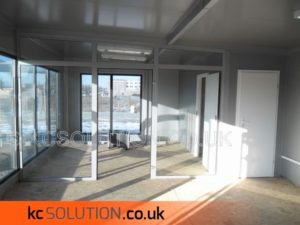 artificial light, in successful interior design. When there is not enough natural light, either because of insufficient space for windows or simply because of bad weather conditions, the artificial light comes to the rescue, but the sunlight can never be replaced. This is why we offer designs where employees and business clients can benefit from a large amount of natural light. To produce the design maximizing the amount of light in the most convenient way is to know the purpose of the building as well as to know our clients’ needs. This is why the conversation with our clients is the most important part of the designing process.
artificial light, in successful interior design. When there is not enough natural light, either because of insufficient space for windows or simply because of bad weather conditions, the artificial light comes to the rescue, but the sunlight can never be replaced. This is why we offer designs where employees and business clients can benefit from a large amount of natural light. To produce the design maximizing the amount of light in the most convenient way is to know the purpose of the building as well as to know our clients’ needs. This is why the conversation with our clients is the most important part of the designing process.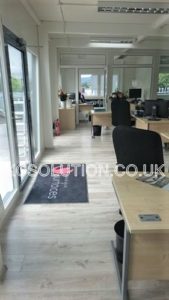 There are many types of shades and blinds with light filtering features, allowing you to enjoy the sunlight but reducing its strength. You can also choose UV protection shades which are smart looking. These shades will let you enjoy the view, as well as enjoy the sun, while at the same time reducing its strength again. The way we position furniture within the room is also important. We can avoid areas of direct sunlight when we position our office desks.
There are many types of shades and blinds with light filtering features, allowing you to enjoy the sunlight but reducing its strength. You can also choose UV protection shades which are smart looking. These shades will let you enjoy the view, as well as enjoy the sun, while at the same time reducing its strength again. The way we position furniture within the room is also important. We can avoid areas of direct sunlight when we position our office desks. 